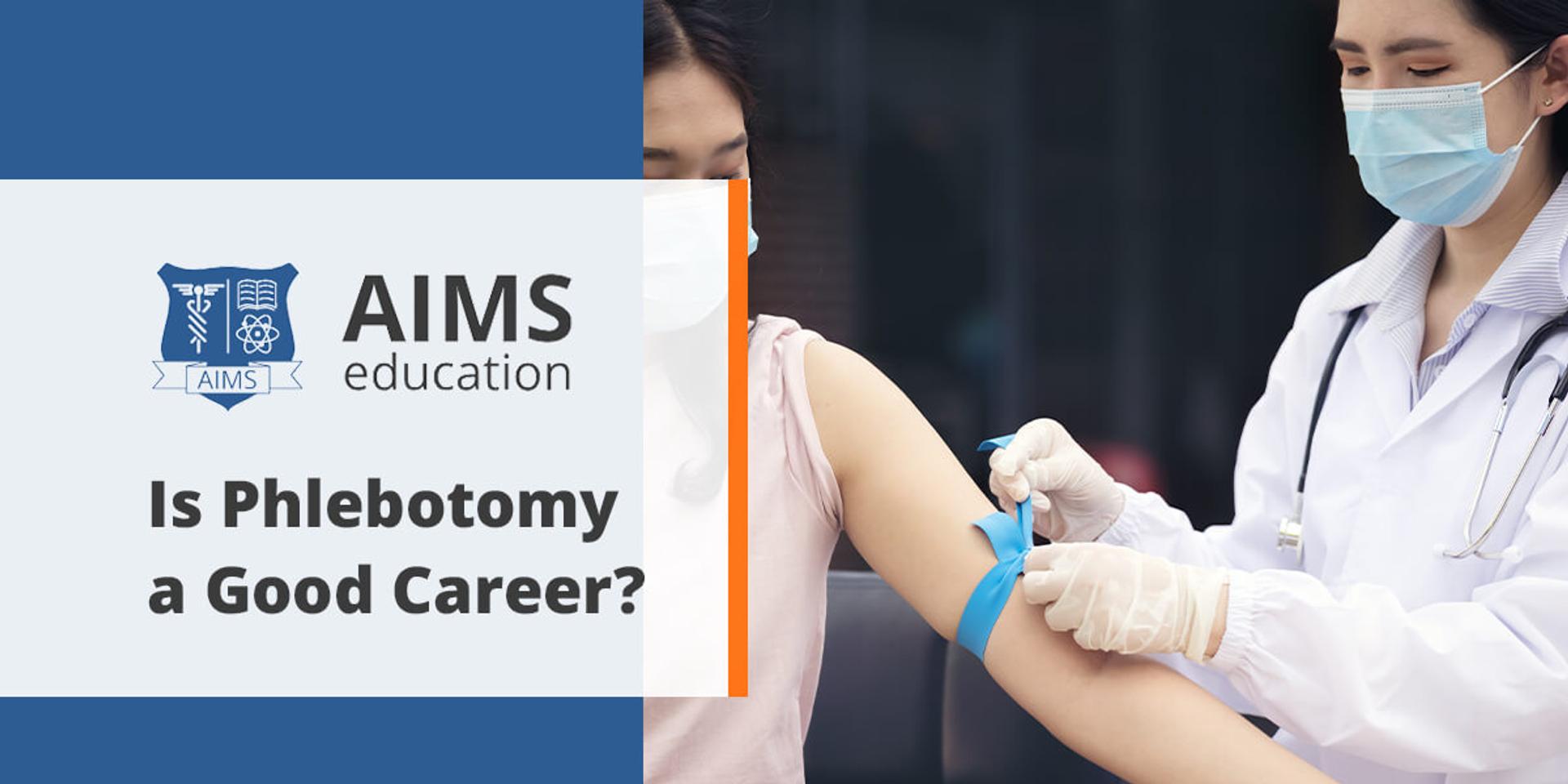Some Known Details About Northeast Medical Institute - New Haven Campus Phlebotomy Course & Cna Class
Some Known Details About Northeast Medical Institute - New Haven Campus Phlebotomy Course & Cna Class
Blog Article
Northeast Medical Institute - New Haven Campus Phlebotomy Course & Cna Class for Dummies
Table of ContentsThings about Northeast Medical Institute - New Haven Campus Phlebotomy Course & Cna Class10 Easy Facts About Northeast Medical Institute - New Haven Campus Phlebotomy Course & Cna Class DescribedMore About Northeast Medical Institute - New Haven Campus Phlebotomy Course & Cna ClassHow Northeast Medical Institute - New Haven Campus Phlebotomy Course & Cna Class can Save You Time, Stress, and Money.The Only Guide for Northeast Medical Institute - New Haven Campus Phlebotomy Course & Cna ClassThe Best Guide To Northeast Medical Institute - New Haven Campus Phlebotomy Course & Cna Class
The use of such tools must be accompanied by other infection prevention and control practices, and training in their use.For setups with reduced sources, cost is a driving element in procurement of safety-engineered devices. Where safety-engineered tools are not available, skilled use of a needle and syringe is appropriate.
labelling); transportation conditions; interpretation of results for scientific management. In an outpatient department or center, provide a devoted phlebotomy work area containing: a tidy surface area with two chairs (one for the phlebotomist and the other for the client); a hand wash container with soap, running water and paper towels; alcohol hand rub. In the blood-sampling room for an outpatient department or facility, give a comfy reclining sofa with an arm remainder.
3 Simple Techniques For Northeast Medical Institute - New Haven Campus Phlebotomy Course & Cna Class
Guarantee that the signs for blood sampling are plainly defined, either in a written protocol or in recorded guidelines (e.g. in a laboratory form). At all times, comply with the strategies for infection avoidance and control listed in Table 2.2. Infection prevention and control methods. Collect all the tools needed for the treatment and place it within secure and easy reach on a tray or trolley, ensuring that all the products are plainly noticeable.
Present on your own to the person, and ask the individual to specify their full name. Check that the lab form matches the person's identity (i.e. match the patient's details with the laboratory kind, to make sure accurate recognition).
Make the individual comfortable in a supine placement (when possible). Location a tidy paper or towel under the client's arm. Go over the test to be done (see Annex F) and obtain verbal approval. The patient has a right to reject a test at any kind of time prior to the blood sampling, so it is essential to make certain that the patient has recognized the procedure.
The 45-Second Trick For Northeast Medical Institute - New Haven Campus Phlebotomy Course & Cna Class
Prolong the individual's arm and check the antecubital fossa or forearm. Situate a blood vessel of a great dimension that is visible, straight and clear. The diagram in Area 2.3, reveals usual placements of the vessels, yet many variants are feasible. The median cubital vein sites exists between muscular tissues and is usually one of the most easy to puncture.
DO NOT insert the needle where blood vessels are drawing away, because this boosts the possibility of a haematoma. The vein ought to be visible without using the tourniquet. Situating the blood vessel will assist in identifying the proper dimension of needle. Apply the tourniquet regarding 45 finger sizes over the venepuncture site and re-examine the capillary.
Haemolysis, contamination and presence of intravenous liquid and medication can all change the results (39. Nursing staff and medical professionals might access main venous lines for specimens complying with protocols. Specimens from central lines carry a threat of contamination or wrong laboratory test results. It is acceptable, however not perfect, to draw blood samplings when initial introducing an in-dwelling venous tool, prior to connecting the cannula to the intravenous fluids.
Little Known Facts About Northeast Medical Institute - New Haven Campus Phlebotomy Course & Cna Class.
Failing to allow adequate get in touch with time raises the risk of contamination. DO NOT touch the cleaned up website; in specific, DO NOT position a finger over the capillary to assist the shaft of the subjected needle.
Ask the patient to create a fist so the blood vessels are much more famous. Go into the vein swiftly at a 30 degree angle or less, and continue to introduce the needle along the capillary at the most convenient angle of entrance - Phlebotomy Classes. As soon as adequate blood has been gathered, release the tourniquet prior to taking out the needle
A Biased View of Northeast Medical Institute - New Haven Campus Phlebotomy Course & Cna Class
Withdraw the needle gently and apply gentle pressure to the website with a clean gauze or completely dry cotton-wool round. Ask the client to hold the gauze or cotton wool in place, with the arm extended and elevated. Ask the client NOT to flex the arm, due to the fact that doing so creates a haematoma.

What Does Northeast Medical Institute - New Haven Campus Phlebotomy Course & Cna Class Do?
Do not press the syringe plunger because extra stress enhances the risk of haemolysis. Where feasible, maintain the tubes in a rack and move the shelf towards you. Infuse downwards into the ideal coloured stopper. DO NOT remove the stopper since it will certainly release the vacuum. If the example tube does not have a rubber stopper, inject exceptionally gradually right into the tube as lessening the stress and velocity made use of to transfer the sampling lowers the danger of haemolysis.

Report this page